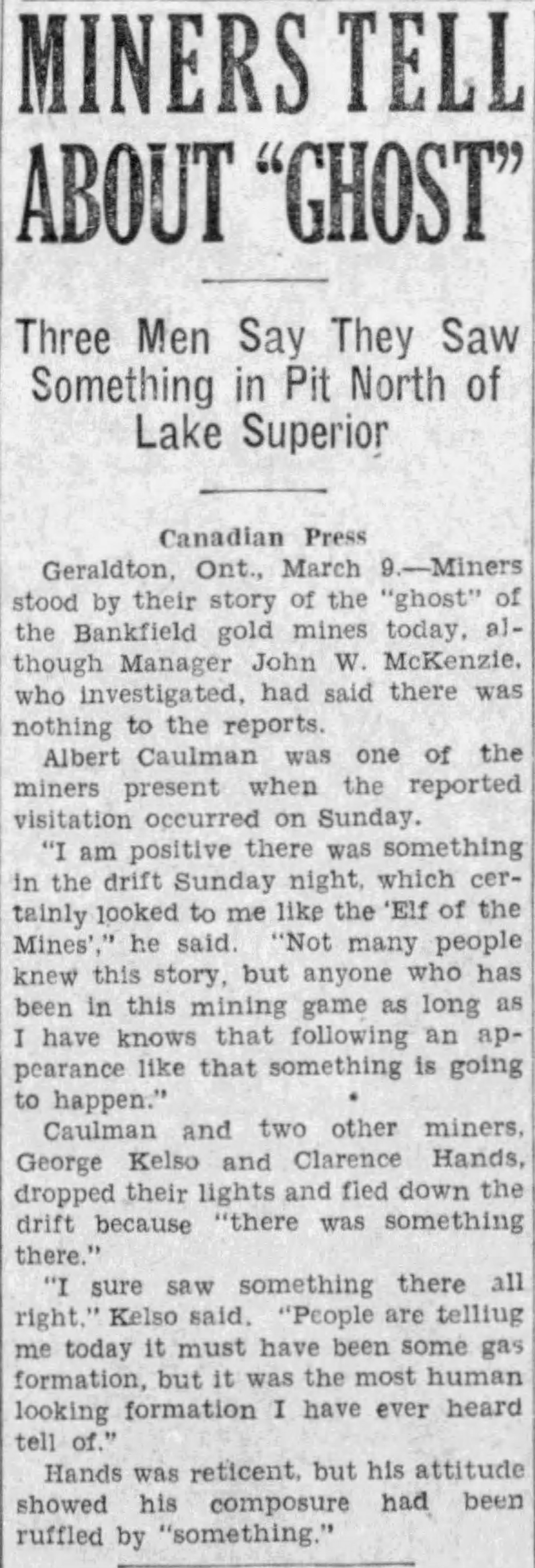Big Cats Should Not be Bred in Little Cages
I was watching the episodes of Snow Leopards of Leafy London, about the National Cat Trust, with Dr. Terry Moore in the UK. Although its great to see someone taking in cats who have no where else to go. In the end, they are living in captivity for however long they live. Not able to have space, hunt, and live a feral life. He also breeds them. It wasn't clear if he also lets the domestic cats breed too. The Trust takes in domestic homeless cats as well as the big cats. I hope the Trust works on some version of the neuter and release idea.
The series was made awhile ago and I wondered what became of the cats, especially the snow leopards which were featured, and the Trust. I found the website, not really updated since 2013 it seems to me. I didn't see any updates about the snow leopard release project with India which was talked about often in the films. There is some project based in Argentina.
Also, interesting, was to find that his wife was part of things, one of the trustees for the organization. But, she was never mentioned in the films. If she were there, she wasn't given credit for her work.
I found reviews on the TripAdvisor site, which made the Trust seem overwhelmed. Not enough volunteers to look after the place. Also, no visitors due to restrictions. That may be changed now, but it was only for sponsors/ members of the Trust. Not a bad thing, no doubt they need the funds. Feeding big cats would be expensive.
I posted this as a comment on Facebook:
I don't think any of these kept cats can go back to the wild. Even if a habitat could be found for them. These cats have had an indolent lifestyle. They will have hunting instincts but no practice. So they will not have the skills or the muscles built up to take care of themselves without someone feeding them dead carcasses. So they will look for humans to feed them, leaving the wild areas and likely end up being shot by people who are afraid of big cats approaching them. It's really sad to see these cats being bred in captivity to live their lives in small spaces, never having space to roam and be wild.
I love cats of all sizes. But, I think it is very misled to breed them in cat farms like this. Without a sure place to release them into the wild and a lifestyle which keeps them fit and skilled (and not relying on humans to feed them) there isn't real hope for these cats to live anywhere but in concrete with a little patch of grass. Cats need to wander and roam and hunt. Even domestic cats will have a territory (unless they are kept indoors all their lives).
It would be very hard, if not impossible, to have these kept cats able to adapt and live in their natural home now. They've adapted to our environment, our culture, pollution, schedule, etc. Like being a tourist in another country, they would not know the local culture, the language and the ways of the other big cats who were born to the wild life in that area. They would not know what to eat when seasons change and prey migrate or change their habits. They won't know or have natural defenses from other animals, insects, and diseases.
Their ancestors could be from that area but it would be culture shock for them to be dropped into a new place and left to learn how to survive. Having eaten dead meat all their lives, is it possible they would only look along roadways and other places they could smell roadkill and dead animals. Are their bodies able to live that way, deal with the parasites and such which they would pick up from dead meat versus the freshly killed animals they would eat naturally.
I wish the Cat Trust well but I think the project is really Terry Moore and volunteers making friends and pets out of these cats. Cats can be great pets, but not every cat should be kept as a pet.
Trying to give them a better life is a great ambition, but breeding them is selfish not selfless. There is no natural selection when females are forced to be bred/ pregnant every few months or every year with whatever male is closed in with them.
Not every female will want to be having batches of kittens constantly. I've seen domestic cats abandon new born kittens because they did not want them. I'm sure that must happen with big cats too.
Kept big cats do not live a natural, healthy, active life. Are they physically strong enough to have kittens? Being pampered and inactive means these big cats may not have the strength and stamina for pregnancy and birth. They are not exposed to conditions which toughen wild big cats, including bacteria, which they build immunity to. They just don't make pet happy documentaries about any of these things.
I don't think this will end well. Other places like this have failed, had to close. The cats are left homeless when shelters can't be found for all of them. When there are reports about big cats wandering and hunting in rural and suburban areas, its likely true. How many of them are cats which grew up in zoos/farms which had to close and let the cats out of their cages rather than euthanizing them. It is not a kindness to breed cats, or any animal, just to hoard them in captivity.
